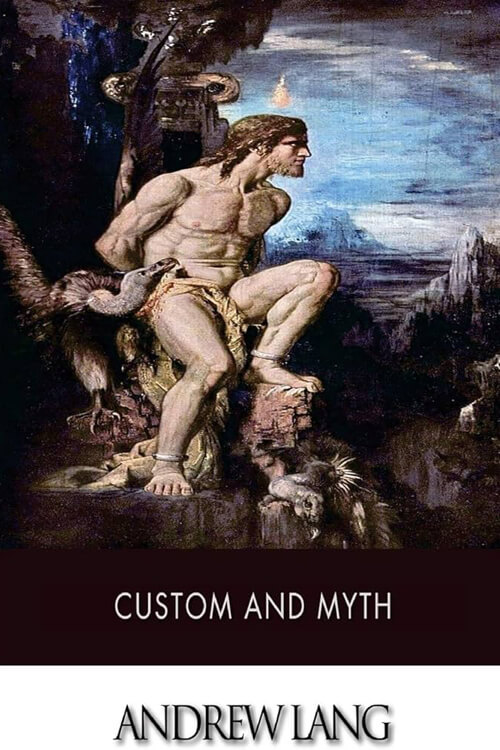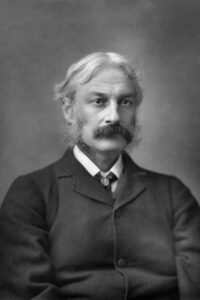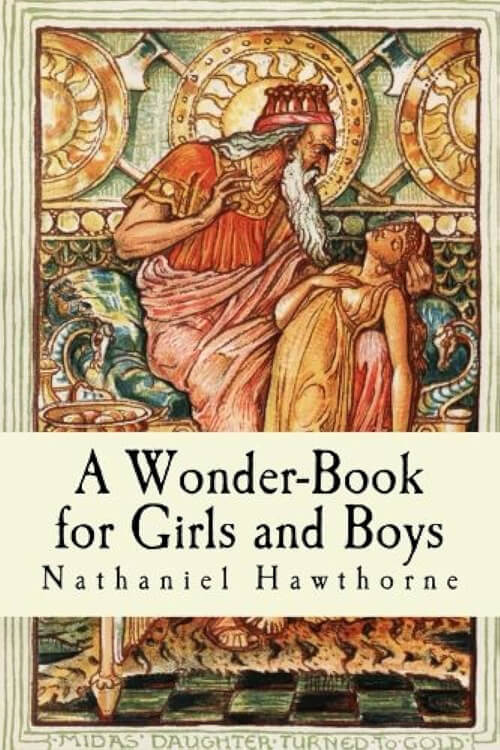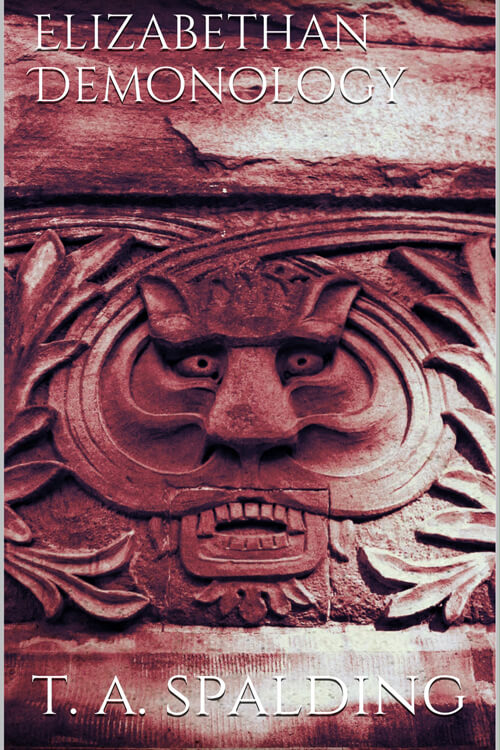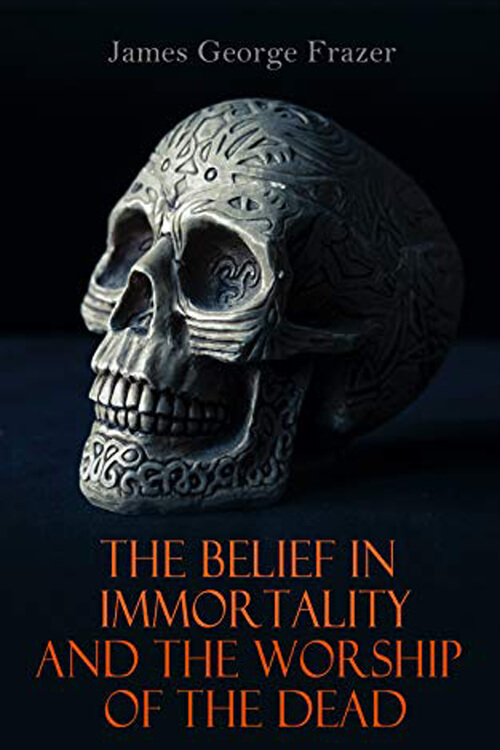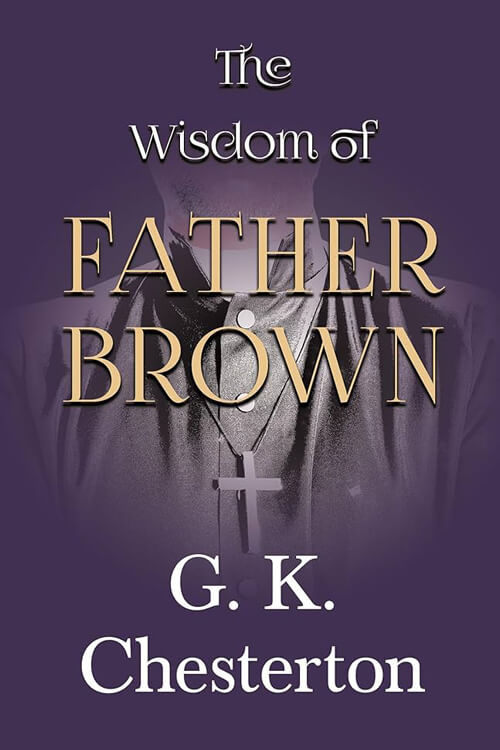
Custom and Myth
After the heavy rain of a thunderstorm has washed the soil, it sometimes happens that a child, or a rustic, finds a wedge-shaped piece of metal or a few triangular flints in a field or near a road. There was no such piece of metal, there were no such flints, lying there yesterday, and the finder is puzzled about the origin of the objects on which he has lighted. He carries them home, and the village wisdom determines that the wedge-shaped piece of metal is a ‘thunderbolt,’ or that the bits of flint are ‘elf-shots,’ the heads of fairy arrows. Such things are still treasured in remote nooks of England, and the ‘thunderbolt’ is applied to cure certain maladies by its touch.
As for the fairy arrows, we know that even in ancient Etruria they were looked on as magical, for we sometimes see their points set, as amulets, in the gold of Etruscan necklaces. In Perugia, the arrowheads are still sold as charms. All educated people, of course, have long been aware that the metal wedge is a celt or ancient bronze axe-head, and that it was not fairies, but the forgotten peoples of this island who used the arrows with the tips of flint. Thunder is only so far connected with them that the heavy rains loosen the surface soil, and lay bare its long hidden secrets.
There is a science, Archæology, which collects and compares the material relics of old races, the axes and arrowheads. There is a form of study, Folklore, which collects and compares the similar but immaterial relics of old races, the surviving superstitions, and stories, and the ideas which are in our time but not of it. Properly speaking, folklore is only concerned with the legends, customs, and beliefs, of the Folk, of the people, of the classes which have least been altered by education, which have shared least in progress. But the student of folklore soon finds that these unprogressive classes retain many of the beliefs and ways of savages, just as the Hebridean people use spindle-whorls of stone, and bake clay pots without the aid of the wheel, like modern South Sea Islanders, or like their own prehistoric ancestors. The student of folklore is thus led to examine the usages, myths, and ideas of savages, which are still retained, in rude enough shape, by the European peasantry. Lastly, he observes that a few similar customs and ideas survive in the most conservative elements of the life of educated peoples, in ritual, ceremonial, and religious traditions and myths. Though such remains are rare in England, we may note the custom of leading the dead soldier’s horse behind his master to the grave, a relic of days when the horse would have been sacrificed. We may observe the persistence of the ceremony by which the monarch, at his coronation, takes his seat on the sacred stone of Scone, probably an ancient fetich stone. Not to speak, here, of our religious traditions, the old vein of savage rite and belief is found very near the surface of ancient Greek religion.
Read or download Book
Andrew Lang
Andrew Lang FBA (31 March 1844 – 20 July 1912) was a Scottish poet, novelist, literary critic, and contributor to the field of anthropology.
Biography.
He is best known as a collector of folk and fairy tales. The Andrew Lang lectures at the University of St Andrews are named after him Lang was born in 1844 in Selkirk, Scottish Borders. He was the eldest of the eight children born to John Lang, the town clerk of Selkirk, and his wife Jane Plenderleath Sellar, who was the daughter of Patrick Sellar, factor to the first Duke of Sutherland. On 17 April 1875, he married Leonora Blanche Alleyne, the youngest daughter of C. T. Alleyne of Clifton and Barbados. She was (or should have been) variously credited as the author, collaborator, or translator of Lang’s Color/Rainbow Fairy Books which he edited. He was educated at Selkirk Grammar School, Loretto School, and the Edinburgh Academy, as well as the University of St Andrews and Balliol College, Oxford, where he took a first class in the final classical schools in 1868, becoming a fellow and subsequently honorary fellow of Merton College. He soon made a reputation as one of the most able and versatile writers of the day as a journalist, poet, critic, and historian. He was a member of the Order of the White Rose, a Neo-Jacobite society that attracted many writers and artists in the 1890s and 1900s. In 1906, he was elected FBA.
He died of angina pectoris on 20 July 1912 at the Tor-na-Coille Hotel in Banchory, Banchory, survived by his wife. He was buried in the cathedral precincts at St Andrews, where a monument can be visited in the southeast corner of the 19th-century section. Lang’s writings on Scottish history are characterized by a scholarly care for detail, a piquant literary style, and a gift for disentangling complicated questions. The Mystery of Mary Stuart (1901) was a consideration of the fresh light thrown on Mary, Queen of Scots, by the Lennox manuscripts in the University Library, Cambridge, approving of her and criticizing her accusers. He also wrote monographs on The Portraits and Jewels of Mary Stuart (1906) and James VI and the Gowrie Mystery (1902). The somewhat unfavorable view of John Knox presented in his book John Knox and the Reformation (1905) aroused considerable controversy. He gave new information about the continental career of the Young Pretender in Pickle the Spy (1897), an account of Alastair Ruadh MacDonnell, whom he identified with Pickle, a notorious Hanoverian spy. This was followed by The Companions of Pickle (1898) and a monograph on Prince Charles Edward (1900). In 1900 he began a History of Scotland from the Roman Occupation (1900). The Valet’s Tragedy (1903), which takes its title from an essay on Dumas’s Man in the Iron Mask, collects twelve papers on historical mysteries, and A Monk of Fife (1896) is a fictitious narrative purporting to be written by a young Scot in France in 1429–1431.

